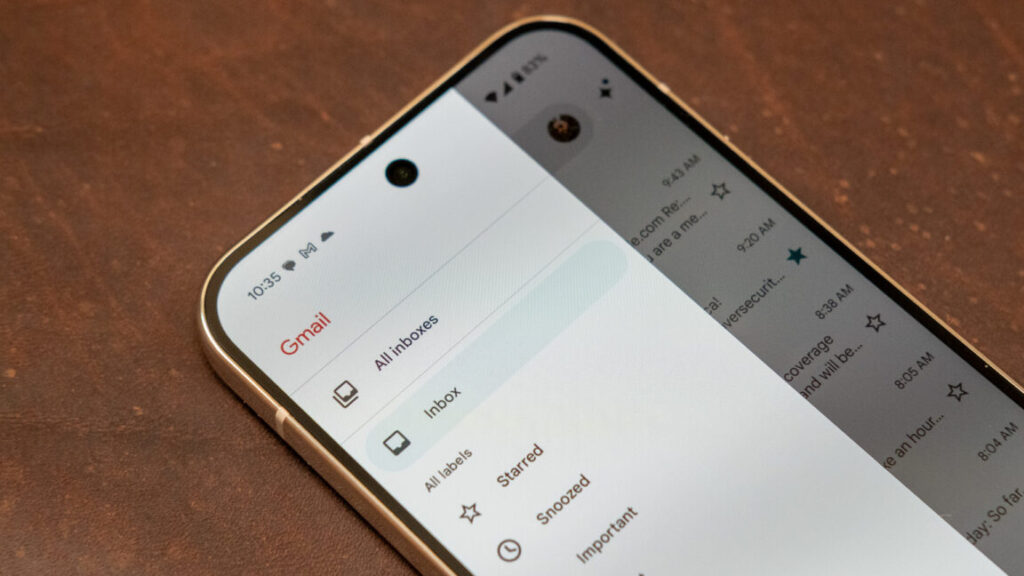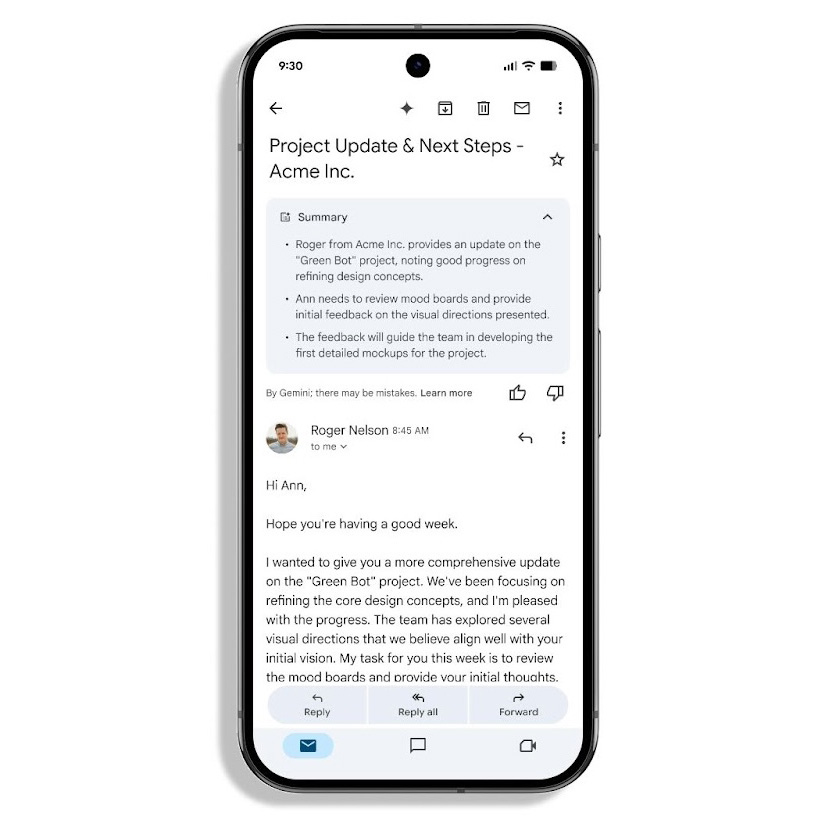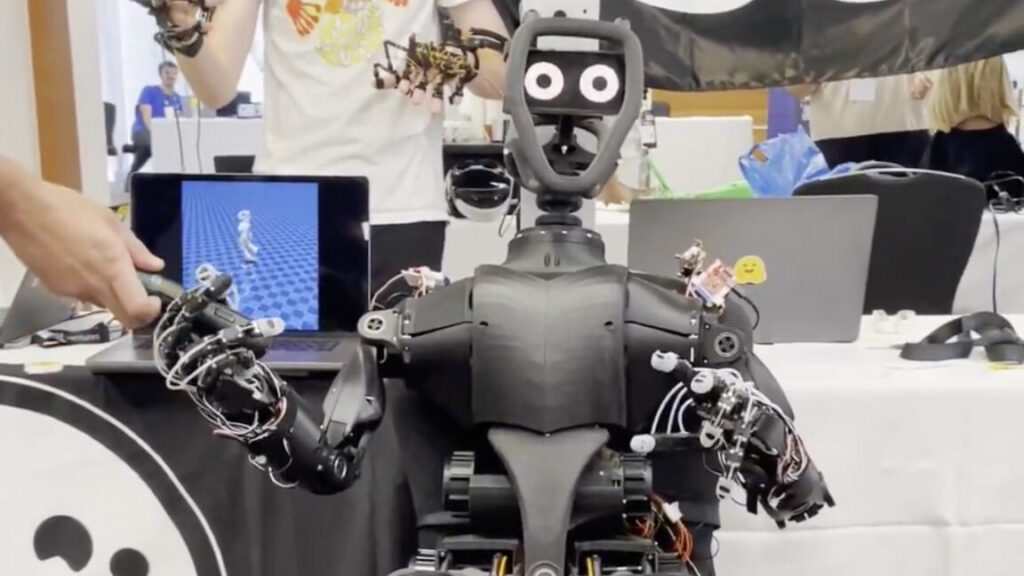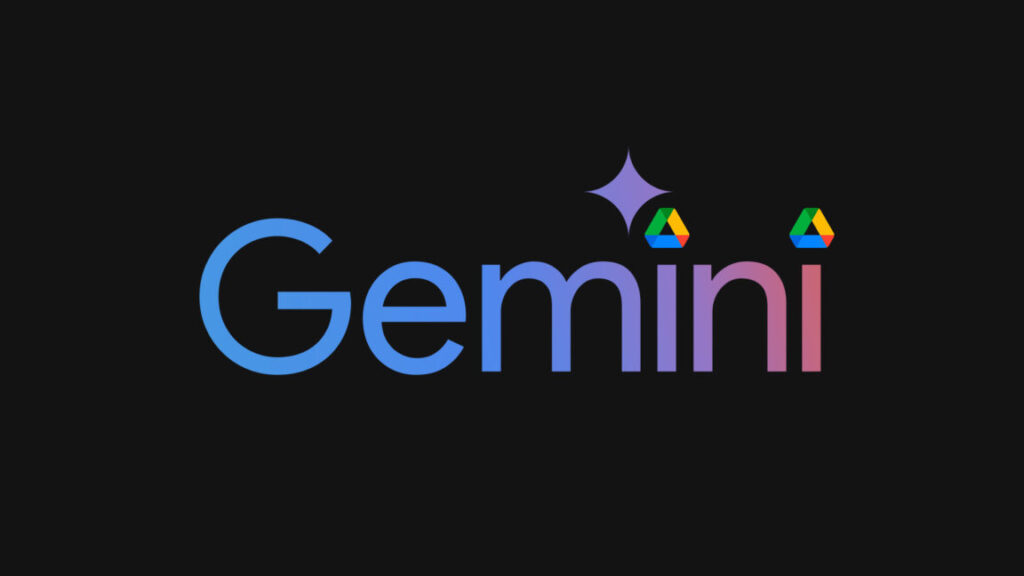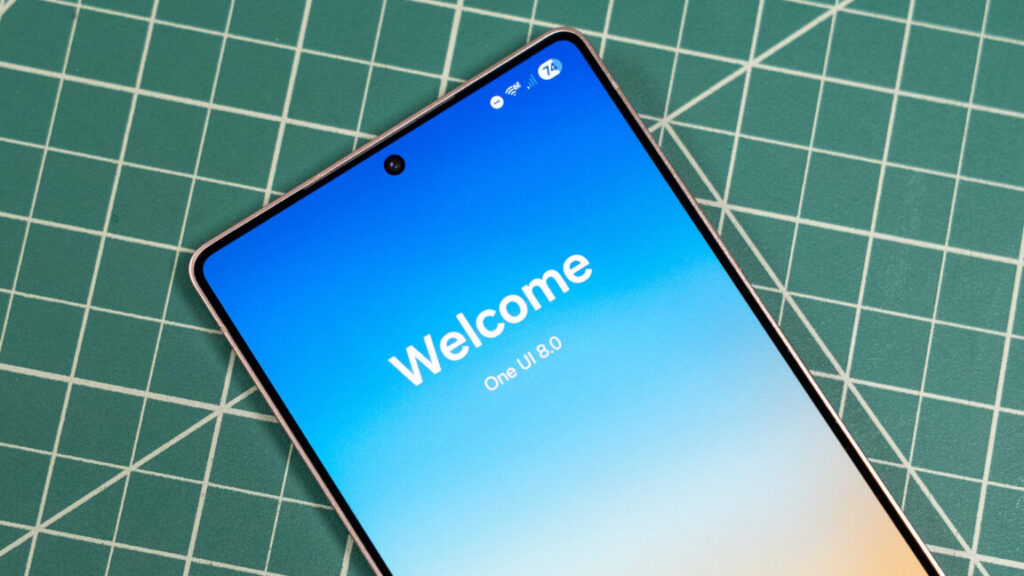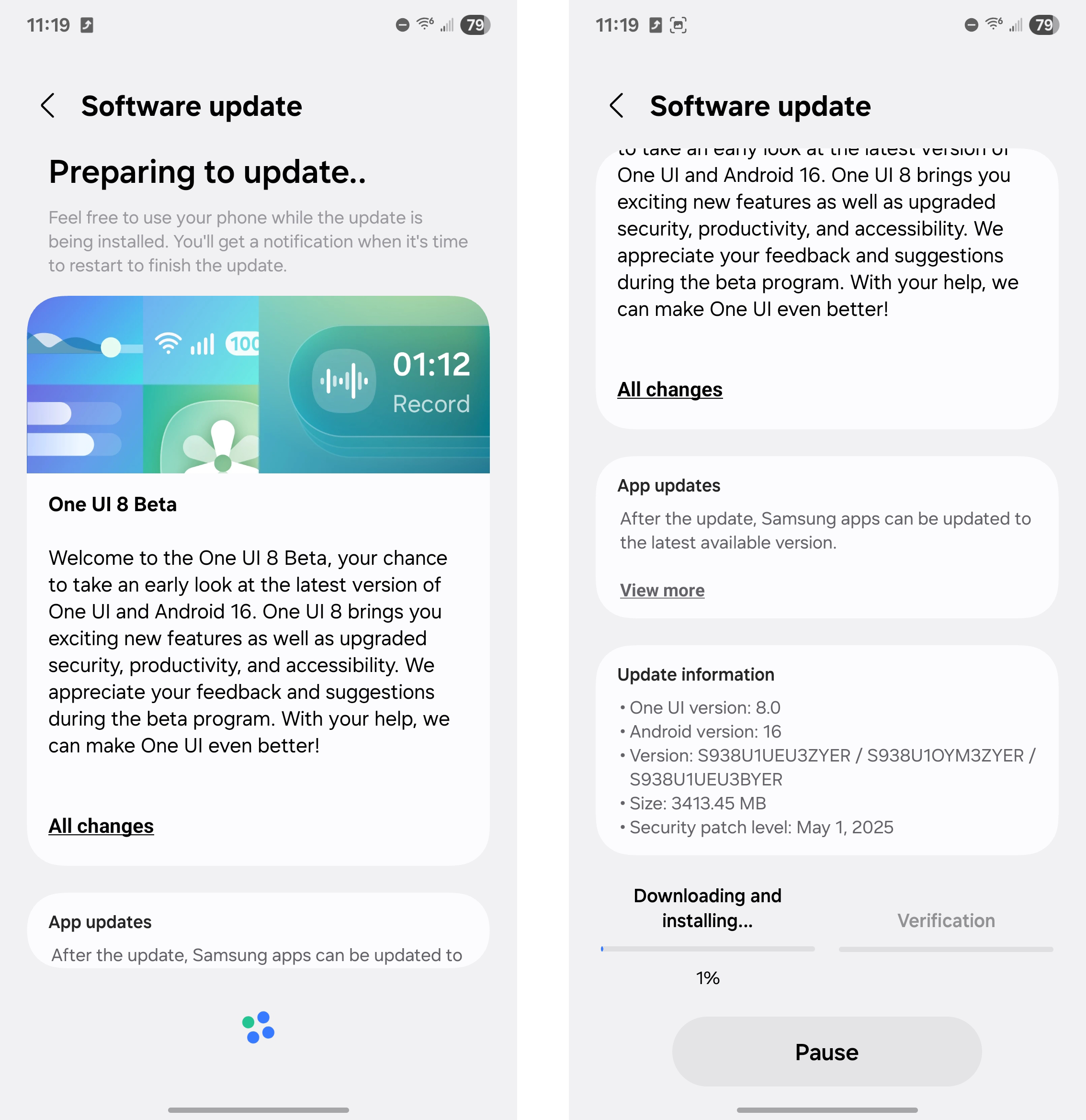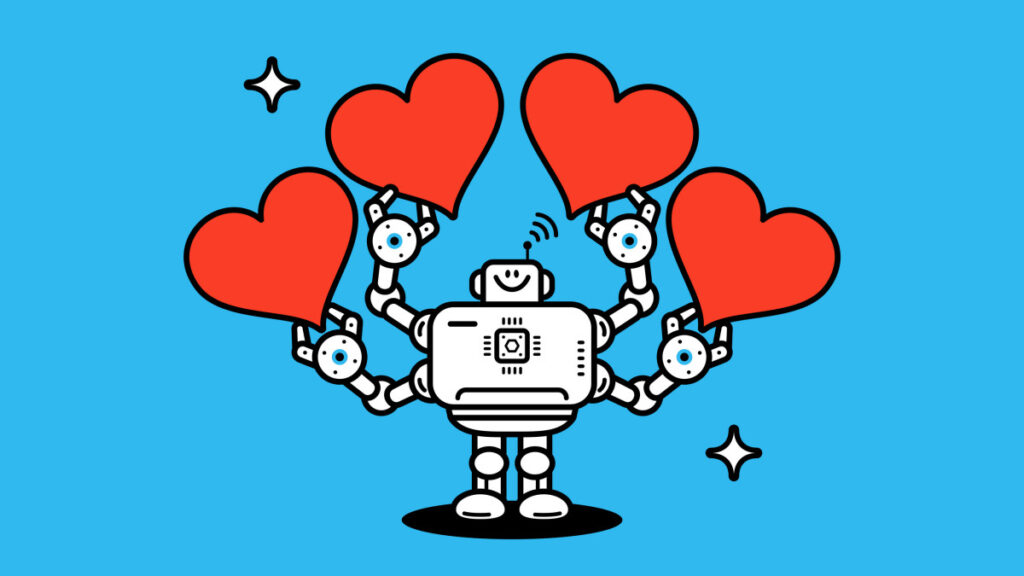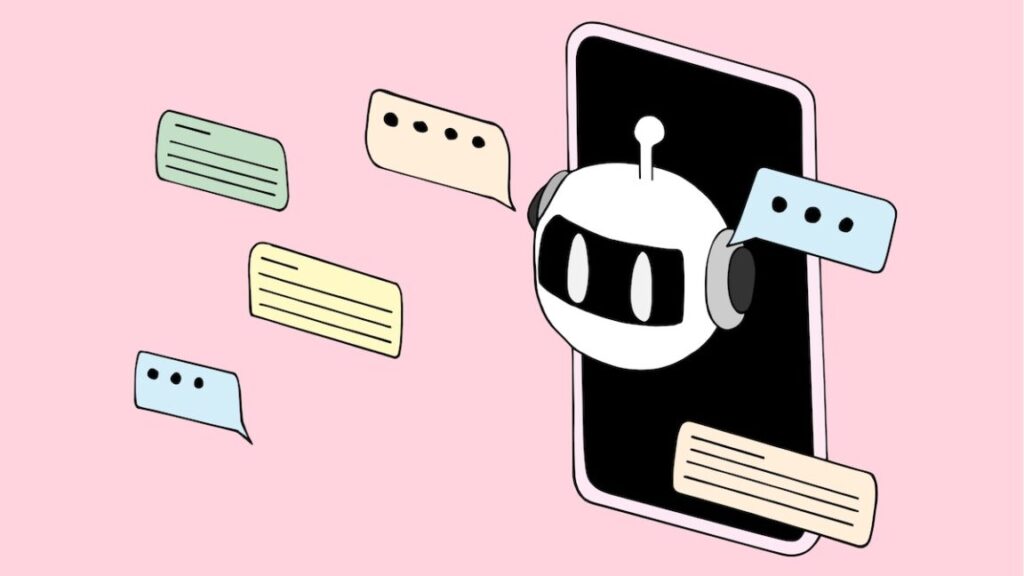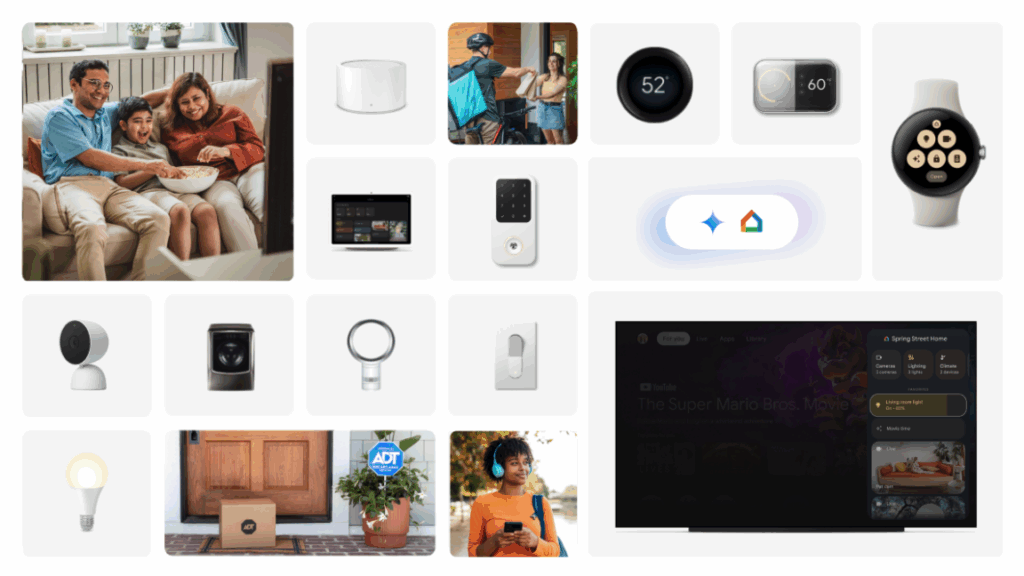The Gmail app will now create AI summaries whether you want them or not
This block of AI-generated text will soon appear automatically in some threads. Credit: Google
Summarizing content is one of the more judicious applications of generative AI technology, dating back to the 2017 paper on the transformer architecture. Generative AI has since been employed to create chatbots that will seemingly answer any question, despite their tendency to make mistakes. Grounding the AI output with a few emails usually yields accurate results, but do you really need a robot to summarize your emails? Unless you’re getting novels in your inbox, you can probably just read a few paragraphs.
If you’re certain you don’t want any part of this, there is a solution. Automatic generation of AI summaries is controlled by Gmail’s “smart features.” You (or an administrator of your managed account) can disable that. Open the app settings, select the account, and uncheck the smart features toggle.
For most people, Gmail’s smart features are enabled out of the box, but they’re off by default in Europe and Japan. When you disable them, you won’t see the automatic AI summaries, but there will still be a button to generate those summaries with Gemini. Be aware that smart features also control high-priority notifications, package tracking, Smart Compose, Smart Reply, and nudges. If you can live without all of those features in the mobile app, you can avoid automatic AI summaries. The app will occasionally pester you to turn smart features back on, though.
The Gmail app will now create AI summaries whether you want them or not Read More »
